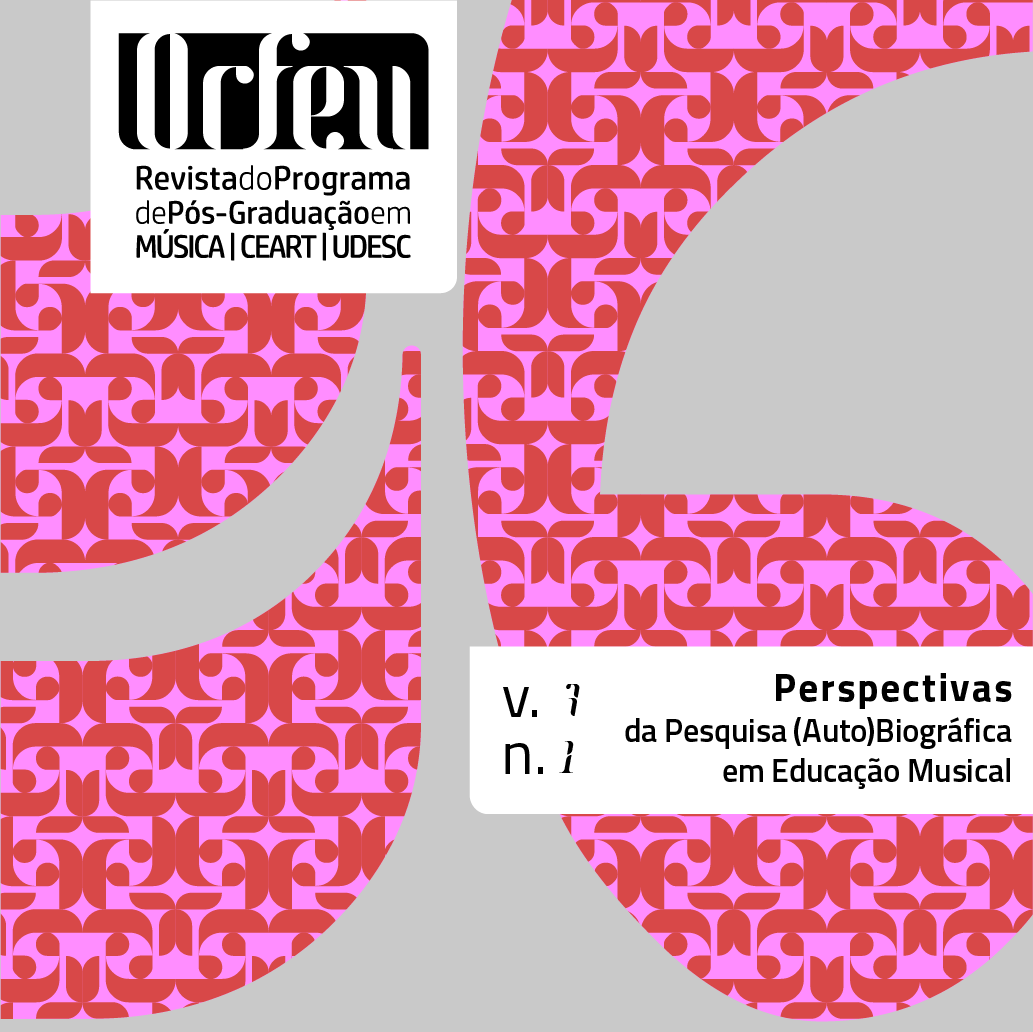What can teachers learn from popular musicians?
DOI:
https://doi.org/10.5965/2525530407012022e0401Keywords:
music education in mainstream school, informal music learning, popular music, music pedagogyAbstract
This is a translation of the interview that Lucy Green gave to Flávia Narita at the Institute of Education in 2011. At that time both Flávia and I were PhD students in London. The choice of translating this interview is due to the fact that it brings the principles of informal music learning. We can see the then a PhD student interviewing her supervisor on the topic of her supervisor’s expertise. After 10 years that this interview has been available on YouTube, I see that its content is still extremely topical and relevant. The original interview lasts 12 minutes and 33 seconds and it has already reached over 18,000 views on the UCL Institute of Education - University College London's YouTube channel. I hope that the translation of this interview will contribute to the journey of learning and teaching practices of many music students.
Downloads
References
GREEN, L. How popular musicians learn: A way ahead for music education. London: Ashgate Press, 2002.
GREEN, L. Music, informal learning and the school: a new classroom pedagogy. Aldershot: Ashgate Press, 2008.
GREEN, L. How popular musicians learn: A way ahead for music education. London: Ashgate Press, 2002.
GREEN, L. Music, informal learning and the school: a new classroom pedagogy. Aldershot: Ashgate Press, 2008.
Published
How to Cite
Issue
Section
License
Copyright (c) 2022 Lucy Green; Flávia Motoyama Narita, Luciana Hamond

This work is licensed under a Creative Commons Attribution 4.0 International License.
Authors who submit their manuscripts to be published in this journal agree to the following terms:
1. Authors retain the copyright and grant to the journal the right of first publication, whilst simultaneously permitting their work to be licensed under the Creative Commons License Attribution, which allows the sharing of work with recognition of the authorship and initial publication in this journal.
2. Contributions in this journal are open access; this means they are based in free use, and non-commercial applications.






